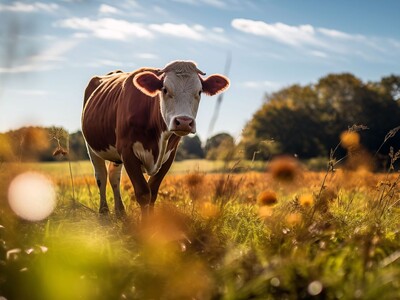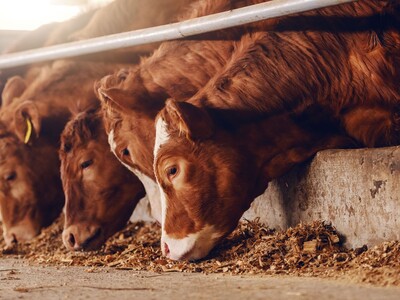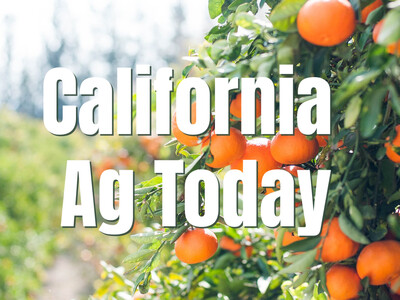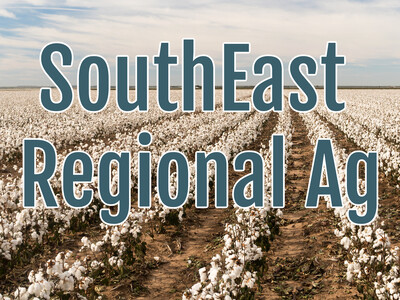Building On Agrotourism
Building on Agrotourism. I’m Greg Martin with today’s Line On Agriculture.
As a kid it was always a treat for me when I was asked by one of my farm friends to come out for an afternoon or even a sleep over. This “city” kid was delighted to run though the fields, play with new calves and sheep, milk a cow and even take a dip in the stock tank. A great many years later it is proving to be a big boost for farms and ranches, and even has a name. Agrotourism. It’s basically any activity that brings visitors to a farm or ranch. According to 2006 figures from the U.S. Department of Interior more than 87 million people spent about $122 billion to participate in outdoor recreation of one type or another and the lion’s share of that happens on farms and ranches.
MATTESON: The growth of agritourism is really important for both the consumer and farmers and ranchers because it’s an opportunity for the consumer to see how food, fuel and fiber are created and it gives an opportunity for farmers and ranchers to share their story.
American Farm Bureau Community Development Specialist Sabrina Matteson says agricultural tourism has become an important alternative for improving the incomes and potential economic viability of small farms and rural communities.
MATTESON: There are farmers that are doing it because of the seasonal characteristic of farming. They may be doing a spring crop and a fall crop, but don’t have activities on their farm that they are busy with in the summer time. So they may decide they’re going to do trail rides. There are lots of pick-your-own opportunities and sometimes the farmer will create more of a festival atmosphere so that there will be educational opportunities and hay rides. There are corn mazes and with the return of school there are lots of opportunities for school groups to go and visit a farm and to pick apples or pumpkins.
Matteson says agritourism offers opportunities that keep farms and ranches in the family.
MATTESON: More and more we are seeing that next generation of a family that wants stay active on the farm will initiate a new business on the farm. So a cattle or hog operation, for example, that might have been wholesaling meat for generations will suddenly have a new person in their family that wants to do retail meats and they can sell their meats through farmers’ markets.
That’s today’s Line On Agriculture. I’m Greg Martin on the Ag Information Network.

















